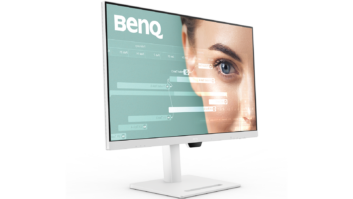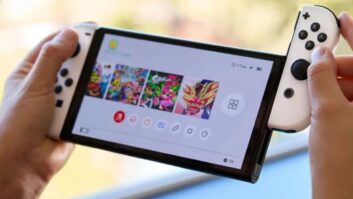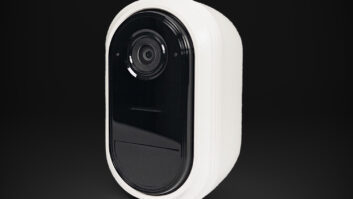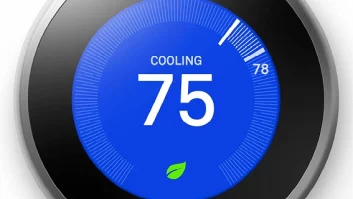TWICE:
What particular features are driving component
sales in 2011, and what will drive sales in
2012?
Johnston:
Pioneer has grown its business through
adding the connectivity of the smartphone to its various
product lines. We have been first in all aspects of
Apple connectivity and offer a multitude of products for
a very passionate Apple consumer
who wants to build out
their Apple ecosystem. Pioneer
knows that consumers are using
their smartphones as their
sources of entertainment, and
streaming is essential for them.
We have also added control to our receivers by
developing apps for Android, iPhone, iPod and iPad.
Replacing the traditional remote control with apps has
really helped grow receivers in the mid to high price
points.
Bailey:
Just as they did in 2011, people will be
looking for seamless and intuitive networking solutions
in 2012, with features like AirPlay, Internet radio
and apps that enhance their entertainment experience
leading the way in sales. With D&M’s focus on easeof-
use, including simpler onscreen interfaces and
common-sense features that everyone in the family
can use, our brands are in an ideal position for growth.
DiComo:
The past few years have demonstrated
that consumers are keenly interested in any and all
technologies that allow them to conveniently access
their music and video content, at any time, in any
place. Technologies that foster that level of content
access will continue to play big roles in 2012 — specifically:
streaming and wireless connectivity (including
AirPlay and Bluetooth).
Feinstein:
Manufacturers of powered speakers
have to adjust to the reality that the RCA-type “audio
out” jack is pretty much a thing of the past. Optical,
USB (iPod/iPhone), HDMI, etc., are the way that
powered speakers connect from now on. “Traditional”
speakers will still use traditional speaker wire connections
[but] the receiver/pre-amp units will have to
have all those aforementioned
connection options to accept
inputs from the various source
devices.
Henderson:
Without a
doubt, Cloud-based streaming
services will be driving music
listening now and into the future, but “onboard”
streaming features can be questioned with the advent
of AirPlay, Bluetooth and perhaps other technologies
that allow the use of tablet PCs and smartphones as
source components.
Networked audio systems will certainly become
more mainstream, utilizing these devices as control
points, which will further challenge traditional multizone
products. Similarly, televisions have become
multisource components, providing music via Pandora,
Rhapsody and other sources, and video content
from Netflix and a variety of other services. The consumer,
in effect, gets these sources “free” with the TV
purchase, and anywhere a TV is place, those sources
are available. Quite a change from just a short time
ago when source components were primary drivers
of the business!












